Description
PPD517A3011 is an industrial-grade excitation central controller launched by Swiss company ABB. It belongs to the S800 series of automation products and is primarily used for controlling the excitation systems of power systems and generator sets. It is a key device for ensuring stable power supply. The following provides a detailed explanation based on official features and industry application information:
Core Product Positioning and Affiliation
1. Product Type: Excitation Central Controller (Excitation Central Controller), with “PPD517A” as the series identifier and “3011” as the specific model configuration code. The official material number is 3BHE041576R3011.
2. Brand and Series: Belongs to ABB’s S800 series in automation control systems, based on the AC 800PEC core control platform, featuring high processing speed and strong integration capabilities as its main advantages, specifically designed for complex industrial control scenarios.
3. Core Function: By regulating the excitation current of generators or motors, it achieves precise control of output voltage, while monitoring the operational status of equipment to ensure stable and efficient operation of the power system, compatible with various generator sets and grid dispatch requirements.
Core Functions and Features
1. High-Performance Processing Capability:Equipped with a high-performance processor chip, it offers fast data computation with cycle times as low as 100 microseconds, meeting the demands of fast control loops and suitable for high-performance excitation regulation scenarios.Supports various complex control algorithms, including logic operations, mathematical computations, and time control, capable of handling dynamic adjustment requirements under different generator operating conditions.
2. High Reliability and Redundant Design:Utilizes advanced circuit design and industrial-grade manufacturing processes, providing strong resistance to electromagnetic interference and stable operation under harsh industrial environments such as temperature and current fluctuations, ensuring long service life.Supports redundant configuration, allowing two central unit modules to be installed in parallel; when the main module fails, the secondary module automatically takes over, ensuring continuous system operation and preventing downtime losses.
3. Flexible Communication and System Integration:Natively supports multiple industrial communication protocols and interfaces, including Modbus TCP, IEC61850, ABB Powerlink, DDCS drive bus, etc., allowing seamless integration with other automation devices or control systems.Compatible with the ABB 800xA system platform, supporting factory-level transparent data exchange and enabling integration needs from single-device control to full-process unified automation.
4. Safety Protection and Compliance:Built-in strict security programs and firewalls to prevent unauthorized access, ensuring system data security and operational stability.Compliant with European and American import standards and industrial environmental regulations, suitable for application specifications in the global power industry.
Typical Application Scenarios:
1. Power Generation Equipment Field: Suitable for excitation system control of gas generators, diesel generators, turbine generators, and various other power generation units, ensuring stable voltage during power generation and improving power quality.
2. Electric Power Industry Field: Applied in thermal power plants, hydropower plants, new energy power stations, and power grid systems to adjust grid voltage, prevent equipment damage caused by voltage fluctuations, and ensure stable power supply.
3. Industrial Control Field: Used for excitation control of industrial generators or motors in industries such as petroleum, mining, ports, chemical, and metallurgy, suitable for various high-reliability power equipment.
4. Automation Integration Field: Integrated with DCS (Distributed Control System) and PLC (Programmable Logic Controller) to achieve unified industrial process automation control, meeting the power scheduling requirements of complex industrial scenarios.

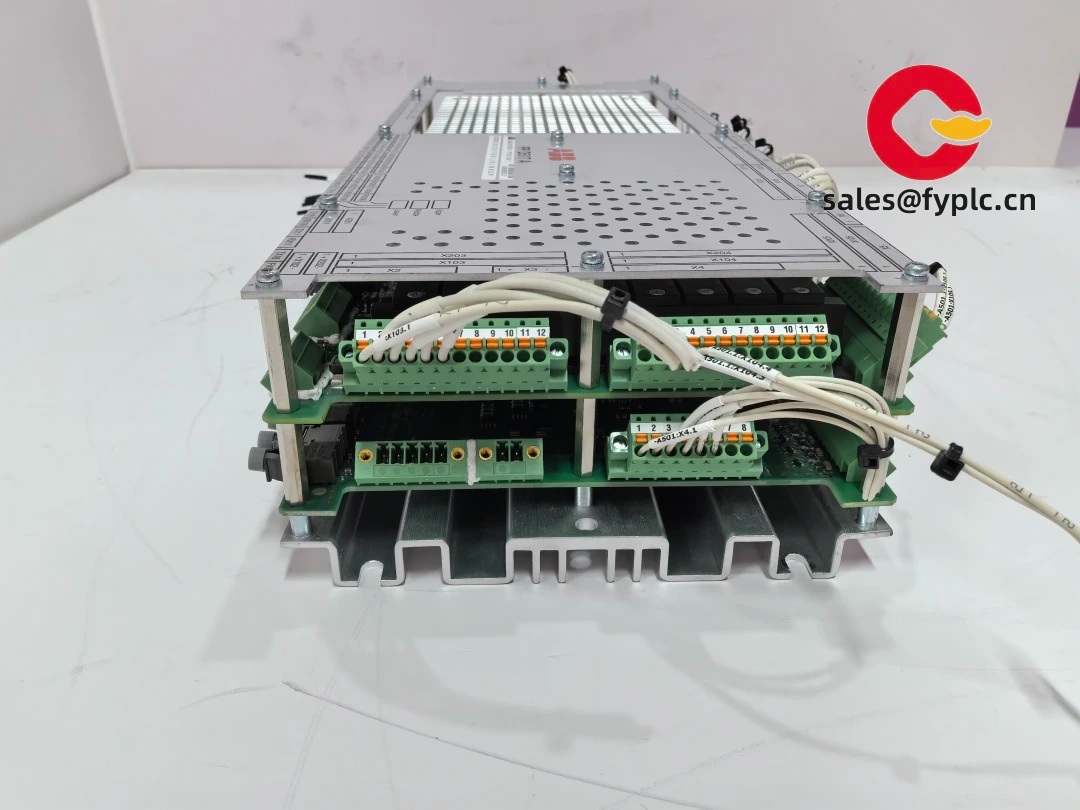

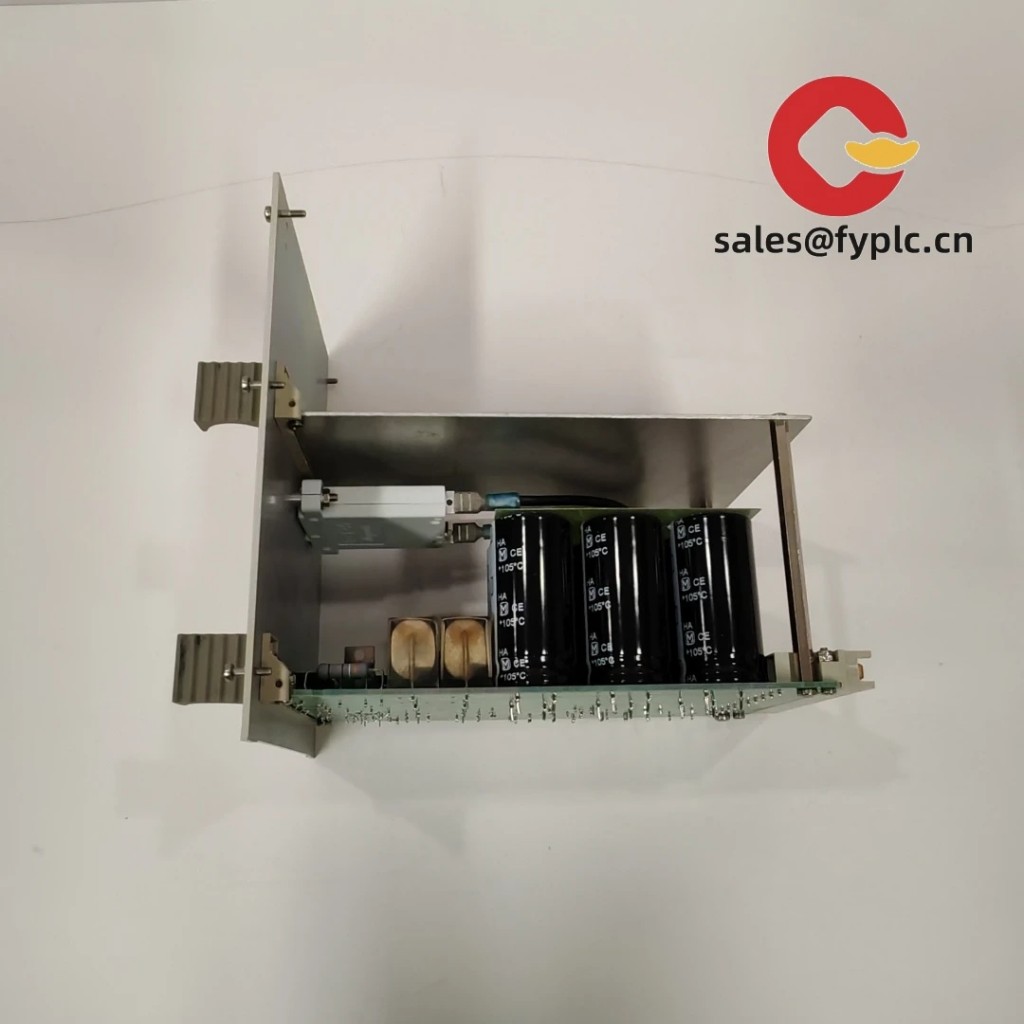
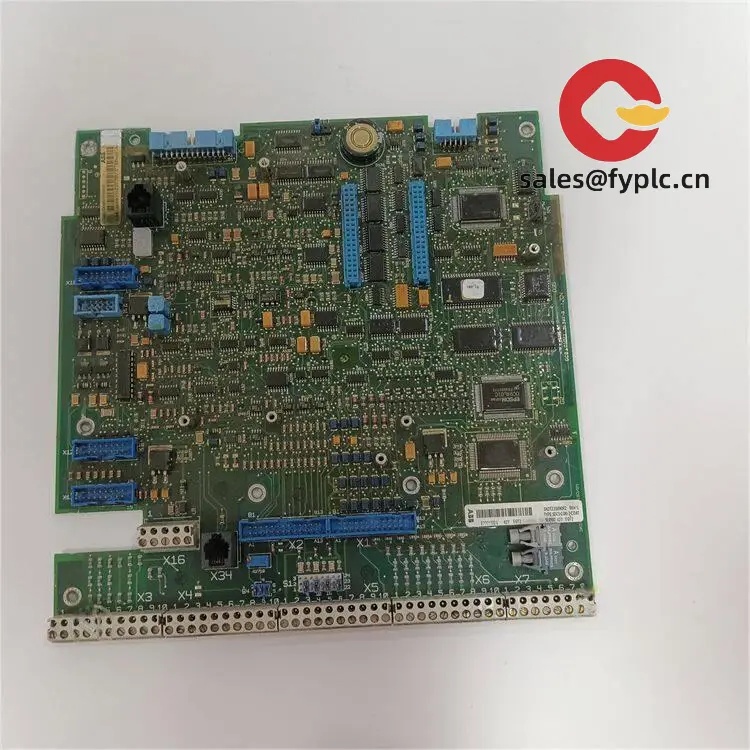
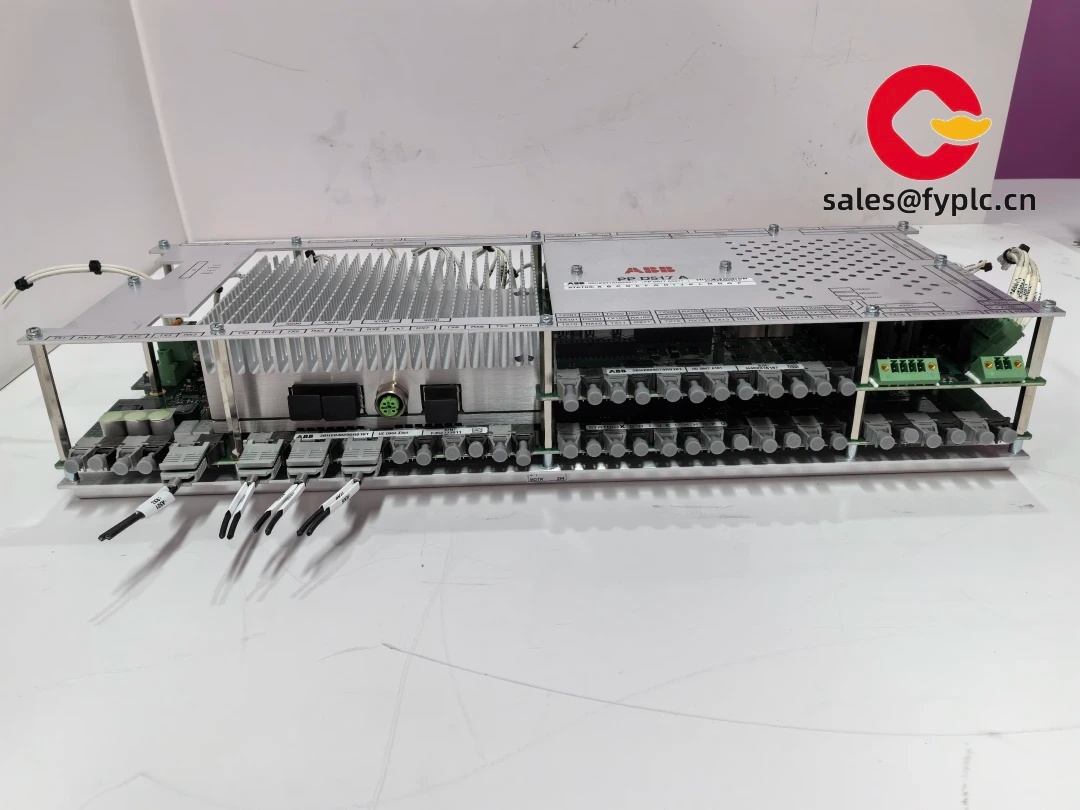
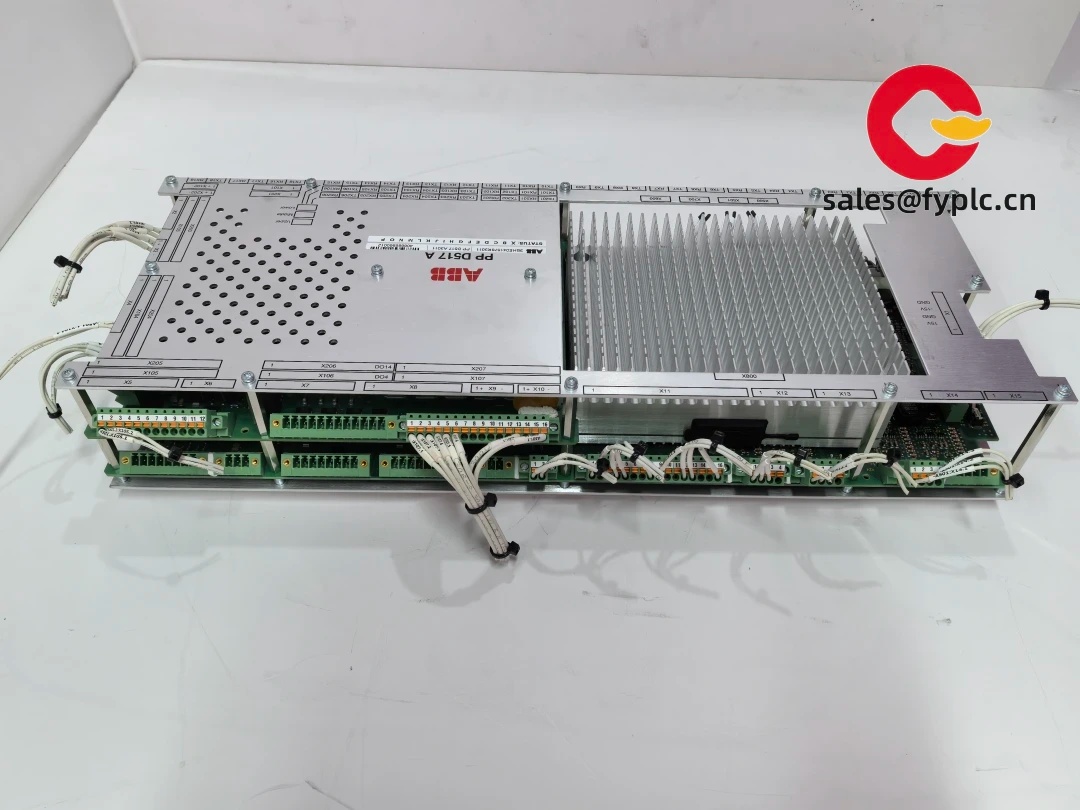
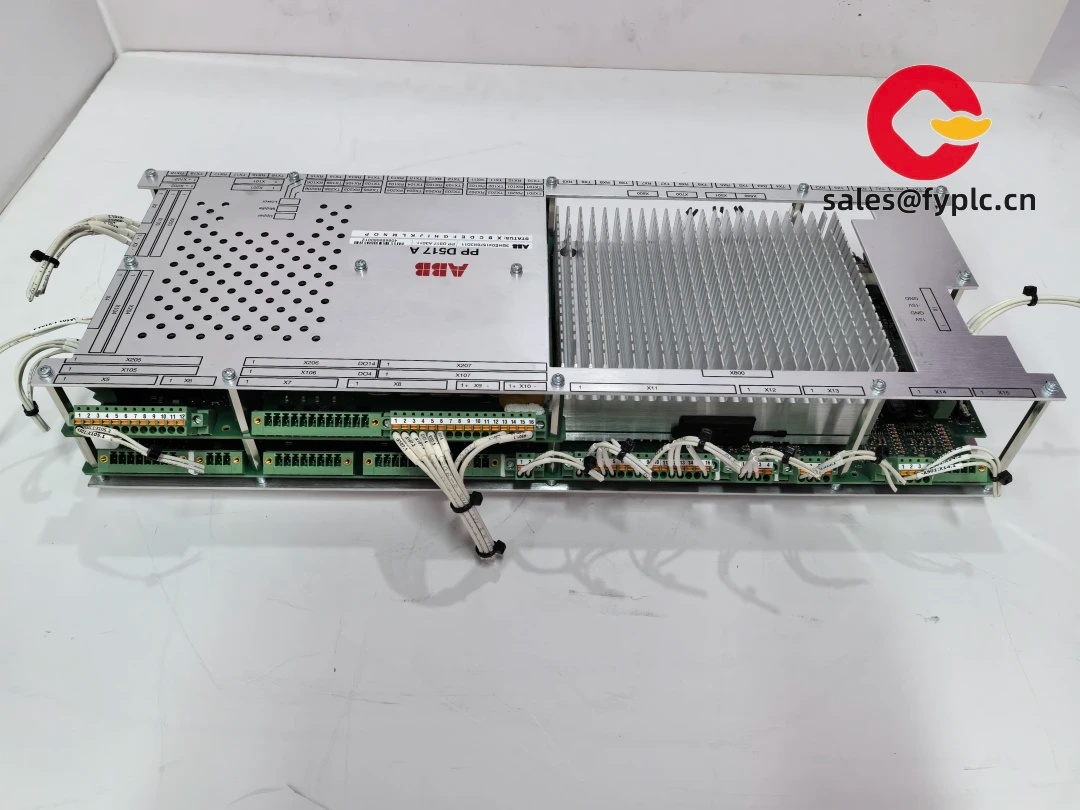

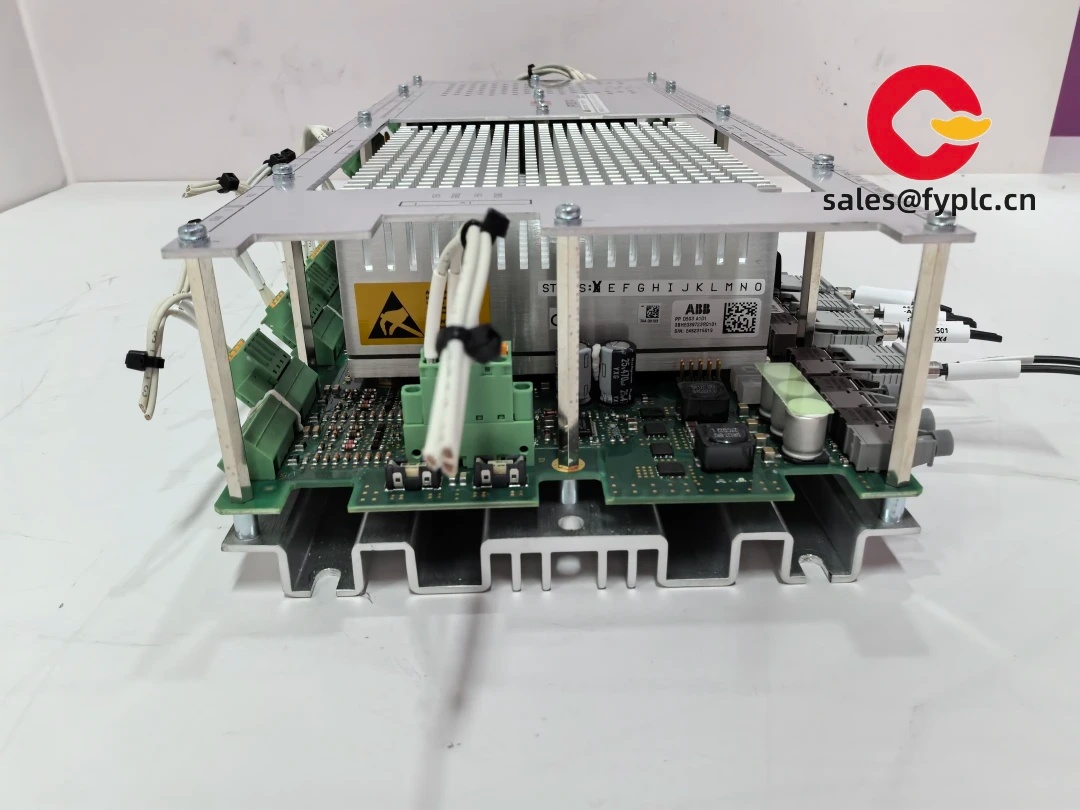
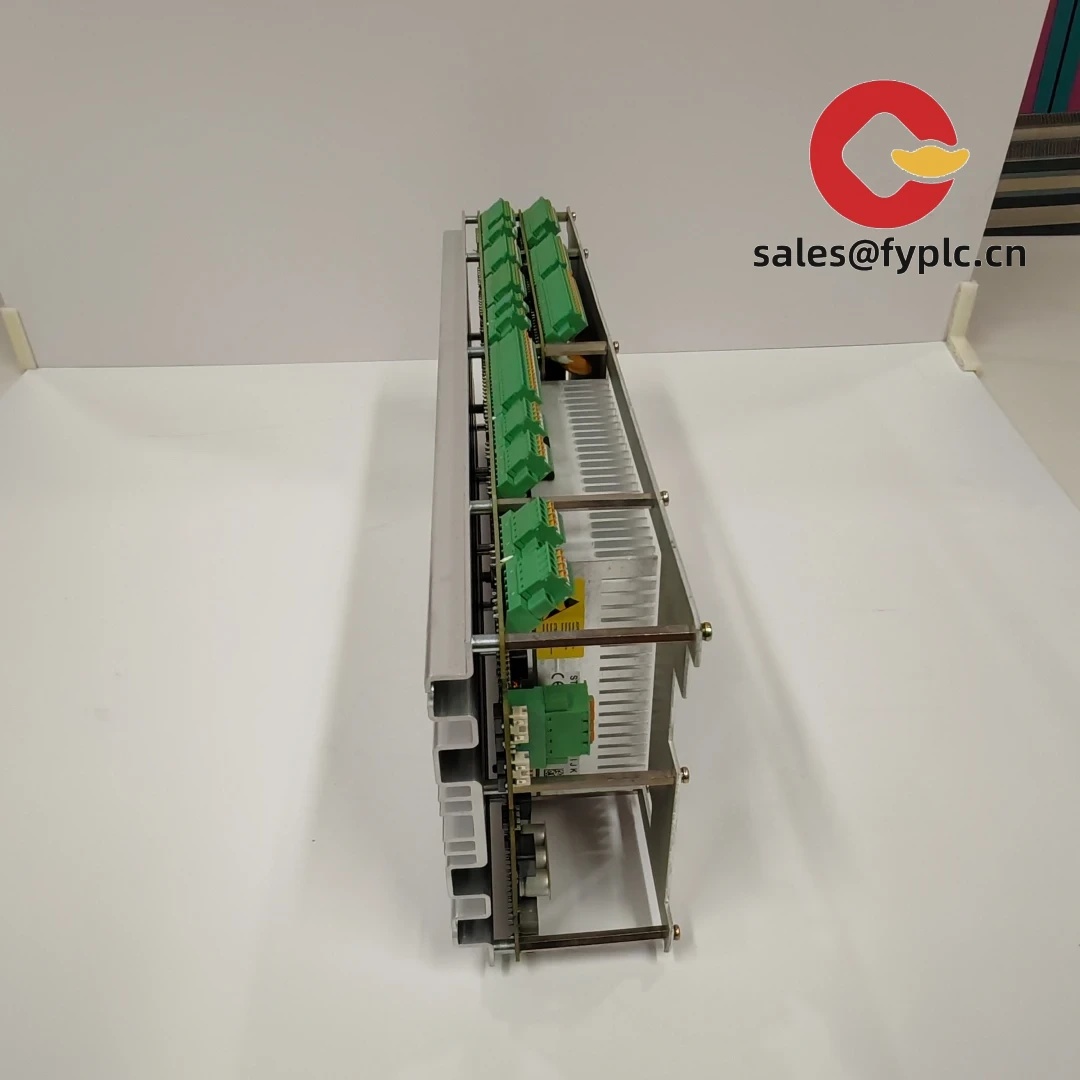

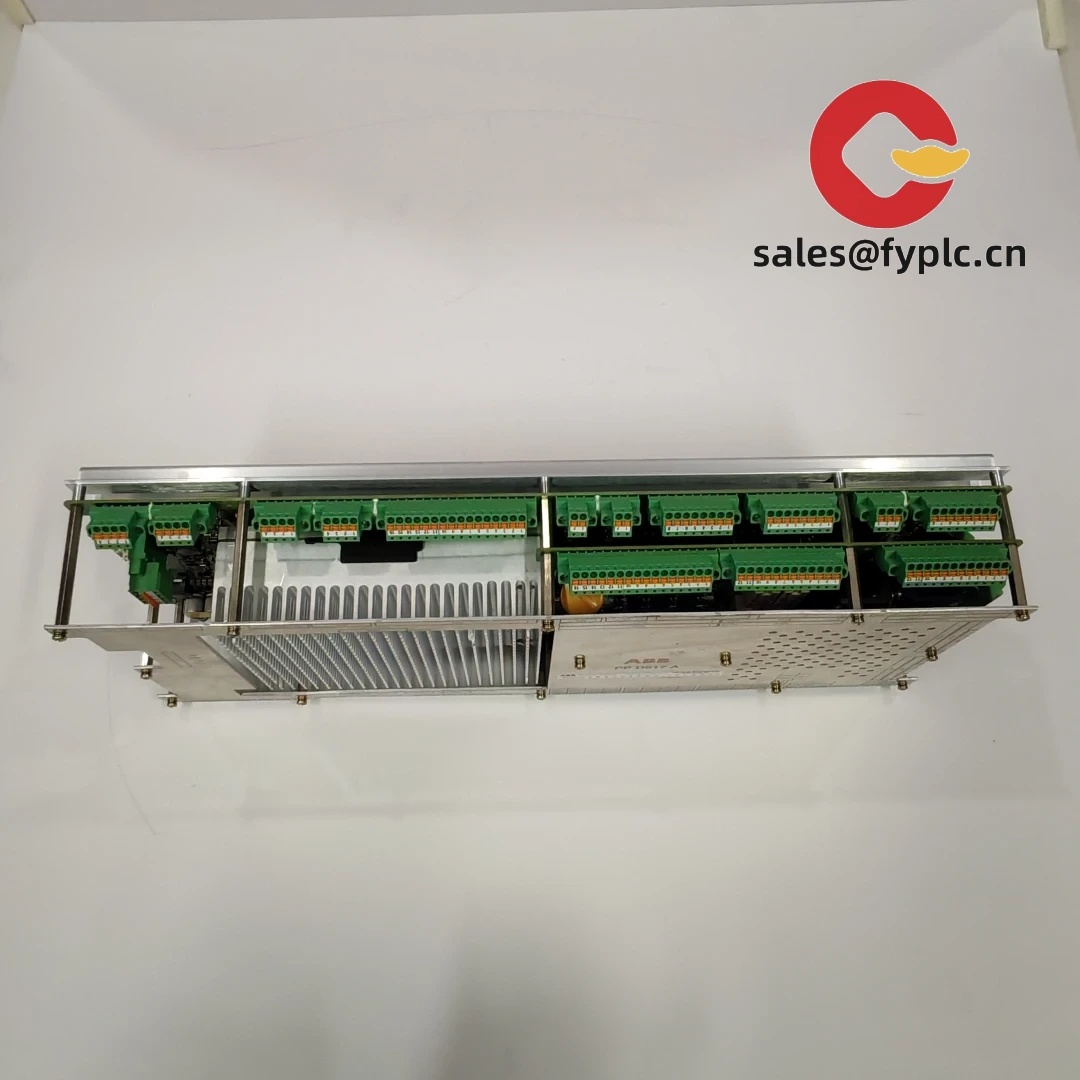


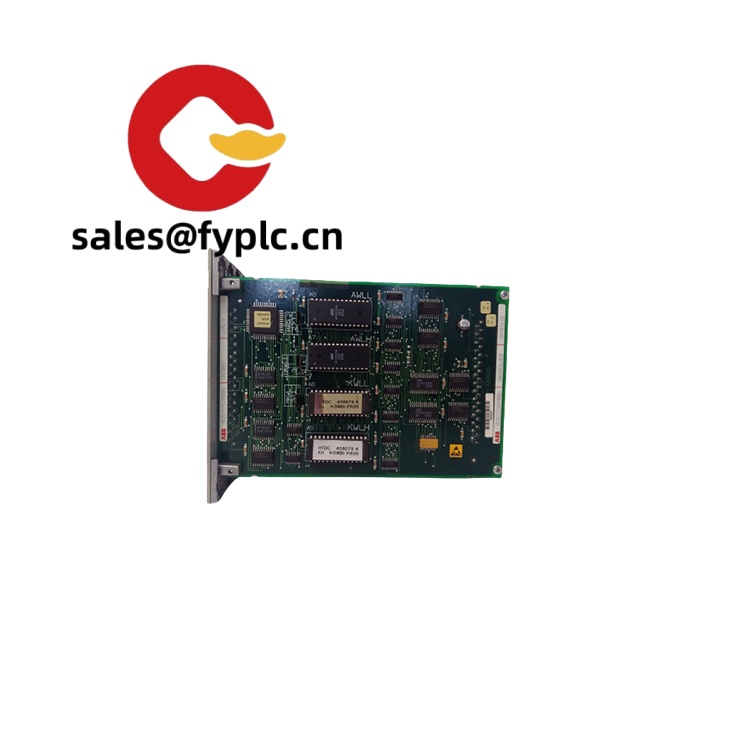
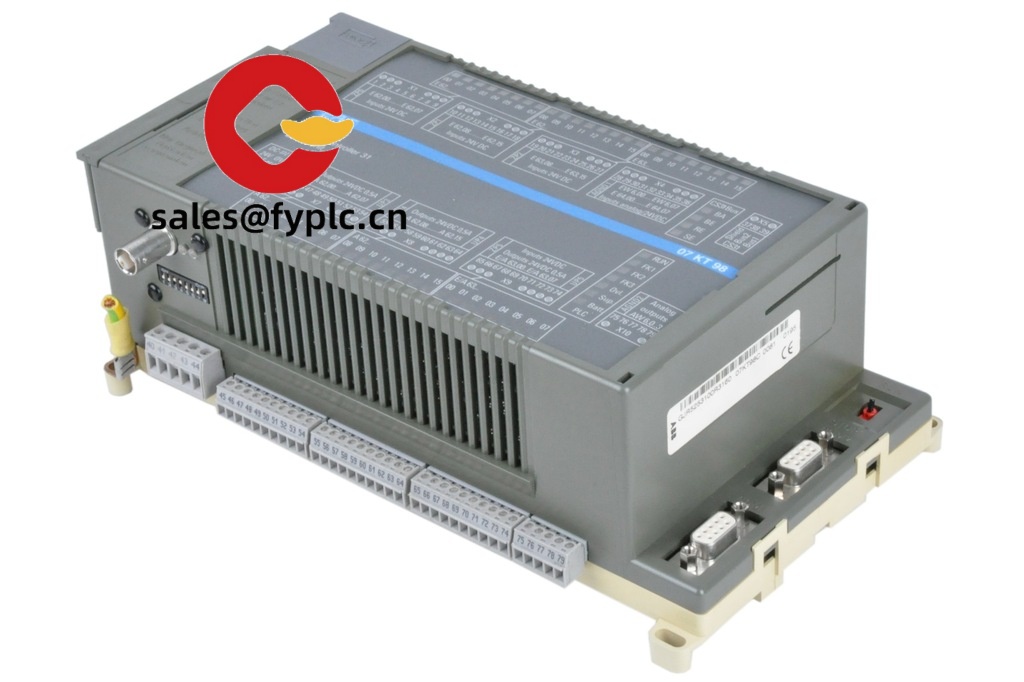
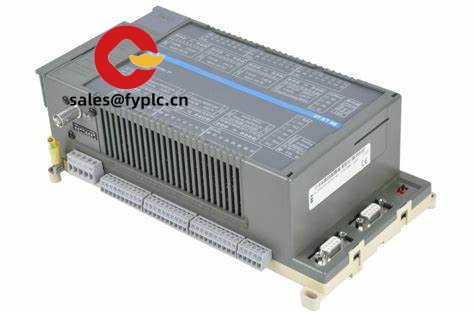

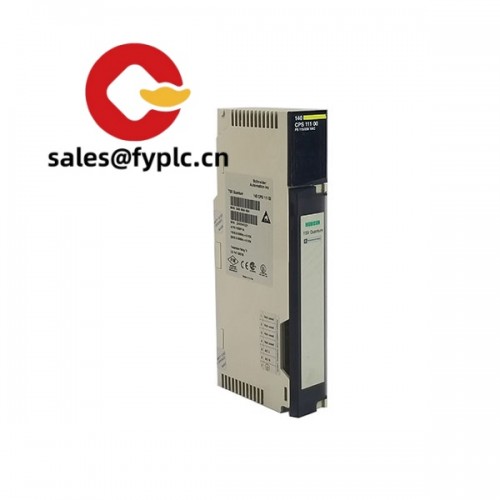

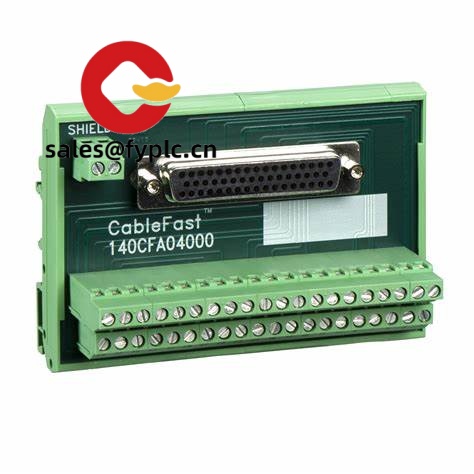
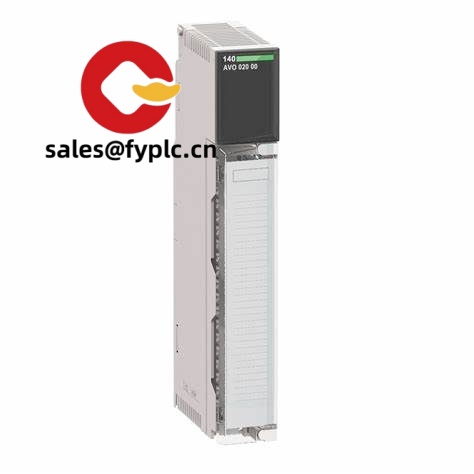


Reviews
There are no reviews yet.